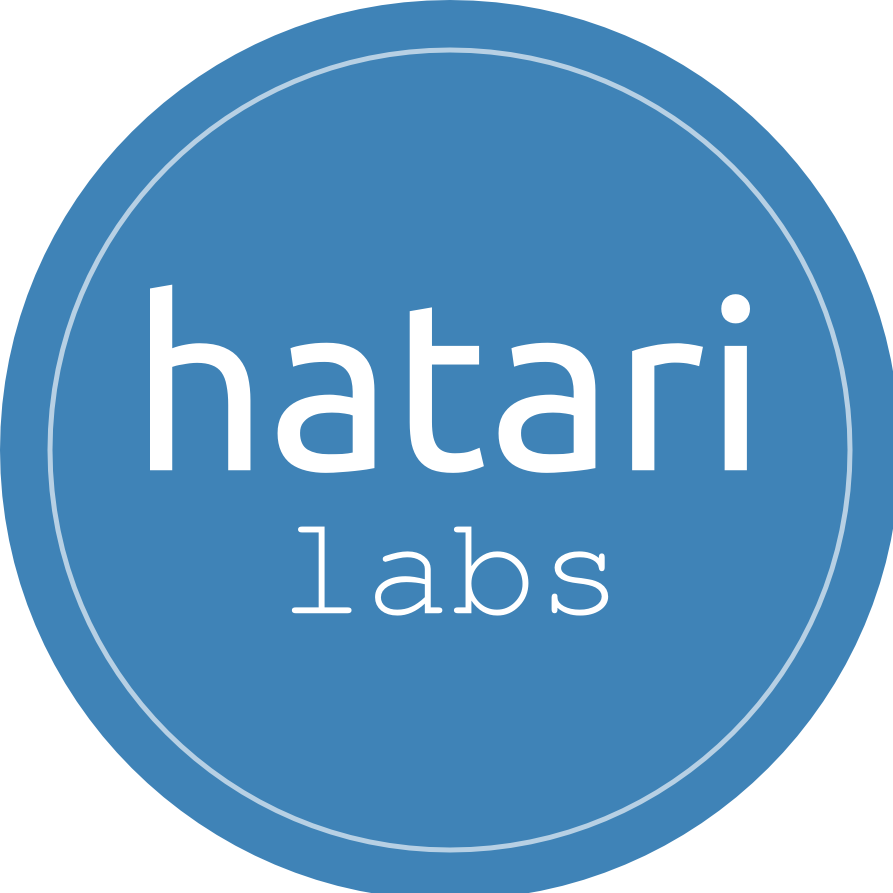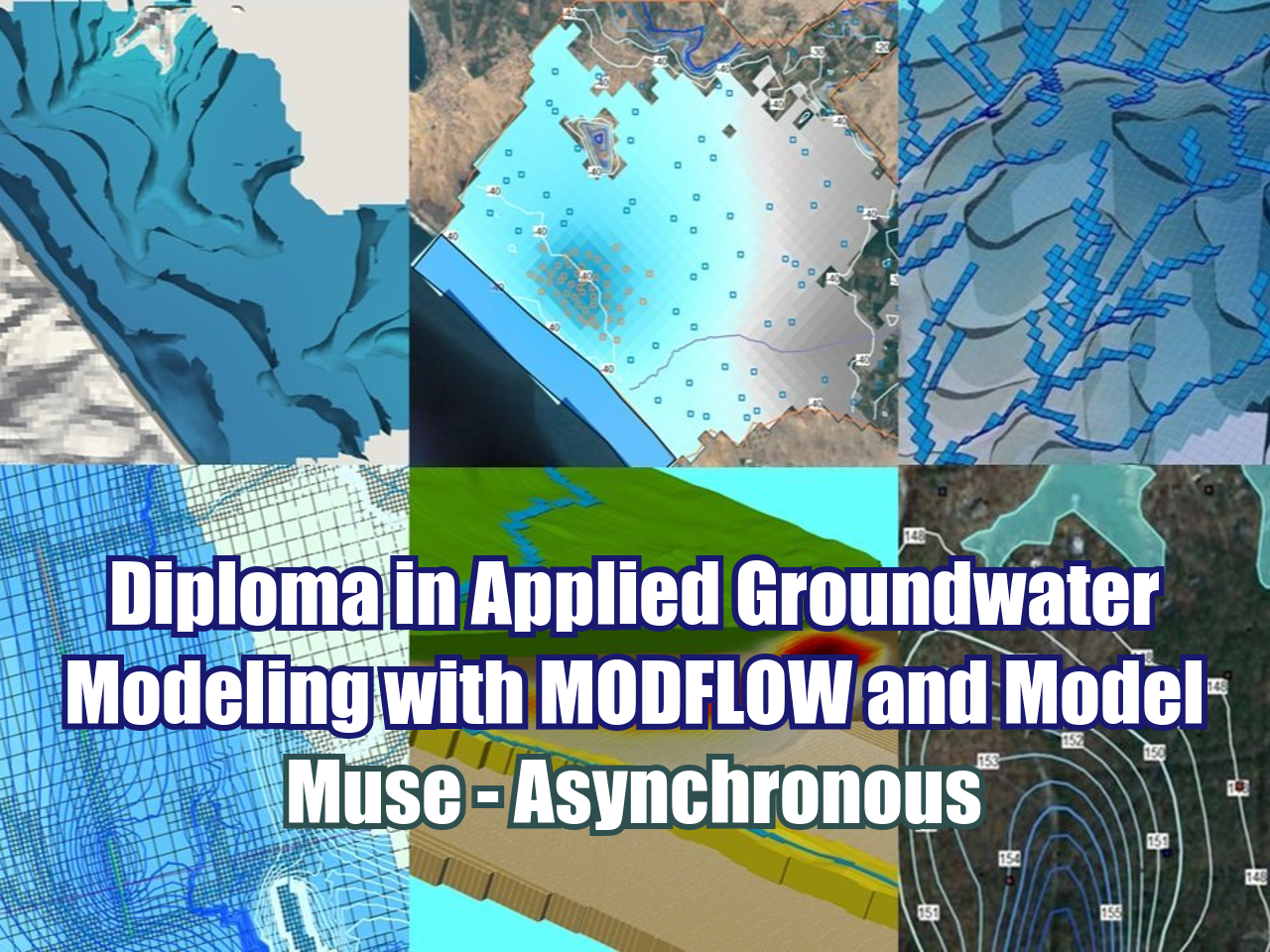We have designed a complete program on MODFLOW with Model Muse that ranges from the essential topics in flow and transport modeling to applied cases of regional modeling, infrastructure projects, and seawater intrusion. MODFLOW with Model Muse is a recent open-source software that provides various tools for simulating the groundwater flow regime in different environments.
A numerical groundwater flow model can be the most efficient and effective tool to understand the groundwater flow regimen and to obtain practical information about relationships between the geological environment and surface flow. There needs to be more than a code for groundwater modeling; it is necessary to know both the modeling platform and the physical processes we want to reproduce, and in this particular case, the water dynamics of the hydrogeological system. This program will cover basic, intermediate and advanced topics such as manual/automatic calibration.
This diploma is developed in asynchronous mode that allows students to be more flexible in their schedule and enjoy of instructional materials during 06 months.
Objectives
The student will reach the following objectives based on a hands-on learning approach through understanding simple to complex concepts:
- Learning the Model Muse environment and tools for modeling with MODFLOW.
- Developing criteria for conceptualization, grid design and selection of boundary conditions.
- Designing strategies for data collection, model construction, calibration and analysis.
- Analyzing the water balance model and exporting model data to other platforms.
- Performing manual and automated calibrations.
Trainer
Saul Montoya M.Sc. – Hydrogeologist – Numerical Modeler
Mr Montoya is a Civil Engineer who graduated from the Catholic University in Lima with postgraduate studies in Management and Engineering of Water Resources (WAREM Program) from Stuttgart University – Germany with a mention in Groundwater Engineering and Hydroinformatics. Mr Montoya has a solid analytical capacity for interpreting, conceptualizing and modeling the surface and underground water cycle and their interaction. He is in charge of the numerical modeling for contaminant transport and remediation systems of contaminated sites. Inside his hydrological and hydrogeological investigations, Mr Montoya has developed a holistic comprehension of the water cycle, understanding and quantifying the primary hydrological dynamic process of precipitation, runoff, evaporation and recharge to the groundwater system.
Over the last nine years, Saul has developed two websites for knowledge sharing in water resources: www.gidahatari.com (Spanish) and www.hatarilabs.com (English), that have become relevant due to their applied tutorials on groundwater modeling, spatial analysis and computational fluid mechanics.
Methodology / Examination
Mode: Offline – Asynchronous
Some details about the diploma methodology:
- Manuals and files for the exercises will be delivered on our elearning platform.
- The course will be developed by video recorded videos will be available on our elearning platform.
- There is support for questions regarding the exercises developed through the forum/email.
- Video of the classes will be available for 6 months.
The exams are certification is organized as follows:
- The program has 3 exams that comprise the content of 2 courses.
- Digital certificate available at the end of the program upon the exam approval.
- To receive the digital certificate you must submit the exams.

